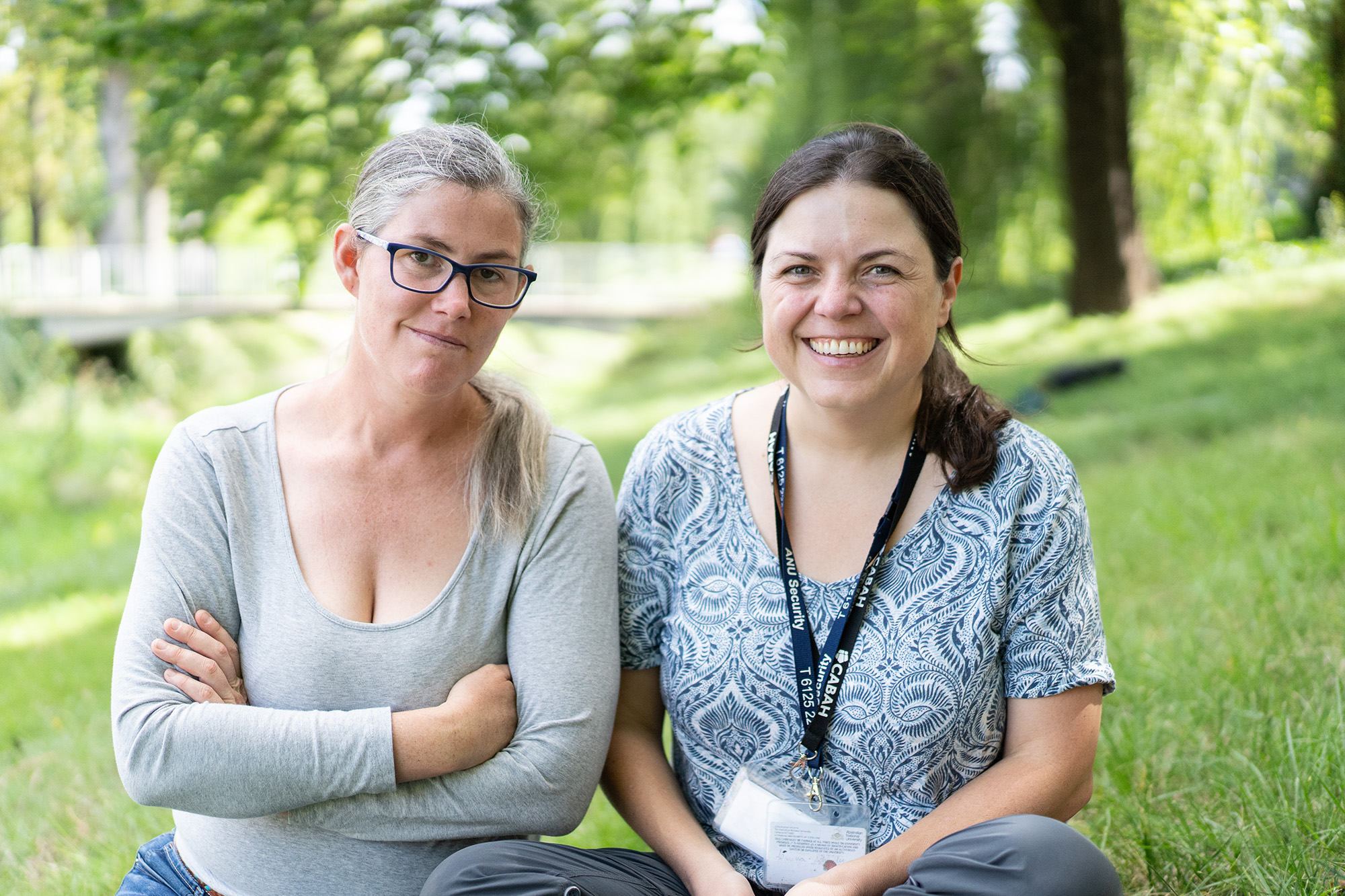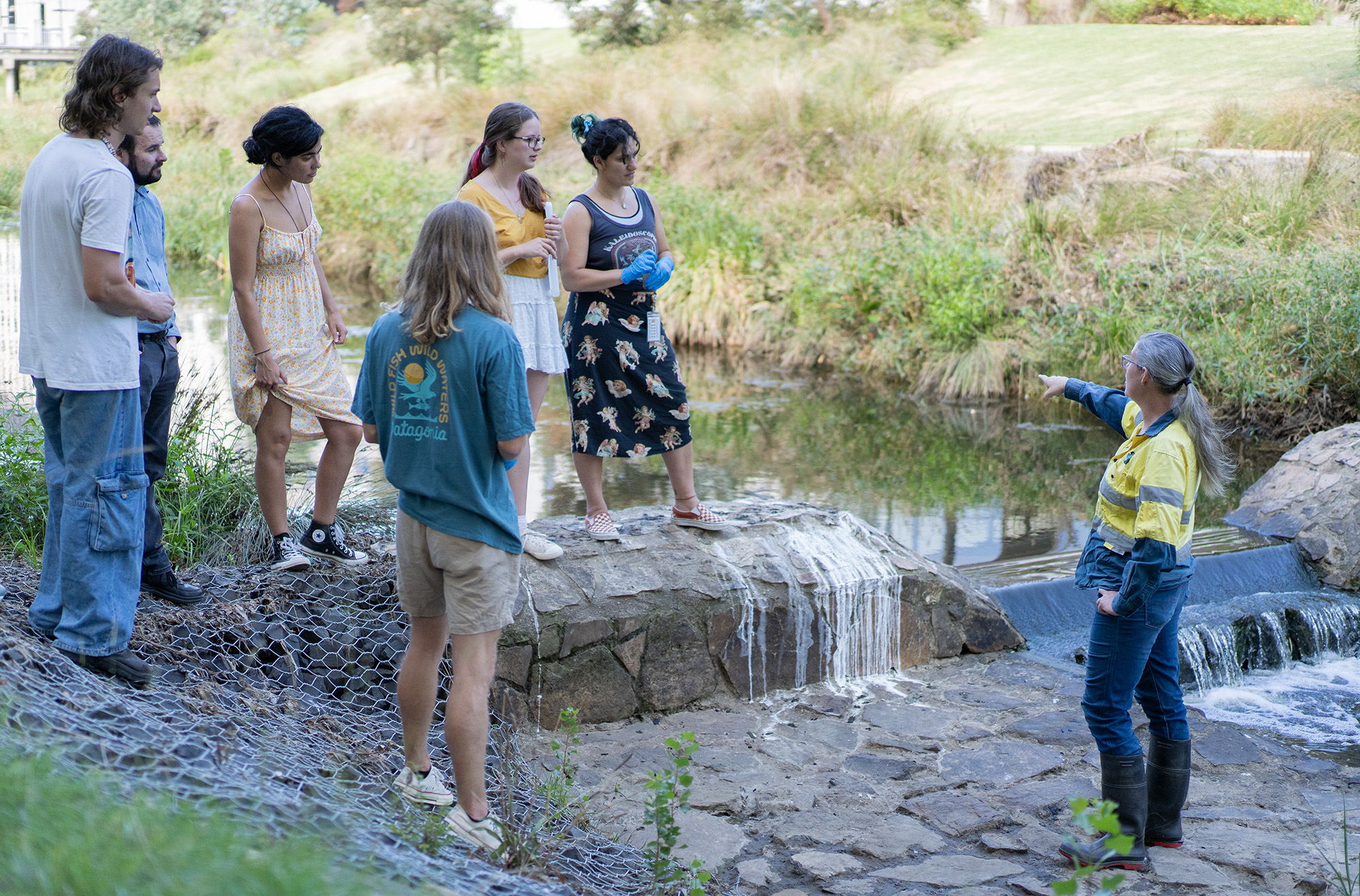We’re late to the party, but we might still prevent the next Mad Hatter story

A new chemical is invented every few seconds. It’s hard to comprehend, but that’s what Dr Julia Jasonsmith, environmental consultant and lecturer at the ANU Fenner School of Environment and Society explains.
“Literally tens of millions of chemicals have been invented over the last ten years,” she adds.
“And we reckon we’ve got a good grasp of the toxicology for 100, to as many as 1000, of those chemicals.”
With so much more work to be done in this space, society needs to be aware of the potential issues.
“Most people don’t even realise we’re all affected by pollution throughout our whole lives,” she says. “We’re born carrying pollutants introduced to us in our mother’s womb.”
Many of these chemicals, like per- and poly-fluorinated alkyl substances, were developed in recent times. But there are also well-known pollutants that we still haven’t managed to shake from our grasp. Take mercury pollution as an example.
“We know that mercury is a neurotoxin, we’ve known that for a long time we know. It’s the Mad Hatter story from Alice in Wonderland,” explains Dr Jasonsmith.
“The madness of hatters was caused because of the mercury used to make felt. Lots of people know that story.”
Since then, everyone has stopped using mercury in hats, and yet mercury has continued to be used elsewhere in industry like mining and agriculture, and is emitted as a by-product of coal-fired power production.
The story that most of us don’t know is that until just two years ago, Australia was a leading user of mercury-based fungicides in sugar cane crops. These fungicides were banned in most countries by the mid-1990s after clear links were found with human deaths from using mercury in agriculture, especially after the Iraq grain disaster which killed 459 people in 1971–72.

Australia only stopped using these mercury-based fungicides after issues with mercury were raised by Associate Professor Larissa Schneider, who co-runs an ANU special topic subject called Pollution in Practice. Associate Professor Schneider is from the ANU School of Culture, History and Language and she brings an interdisciplinary element to the pollution course.
When Associate Professor Schneider discovered that this practice was still legally happening in Queensland and the Northern Territory, she wrote to the Australian regulator. The fungicide was finally banned in Australia soon after.
Mercury can be toxic at even low concentrations and can kill people and animals, but its ecological impact on the environment is still largely undocumented.
Associate Professor Schneider has found high levels of mercury in sediments in Australian lakes: a result of coal power plants in the region.
In Victoria, there's a lake famous for its diverse bird life, but recent studies by Associate Professor Schneider revealed high levels of mercury in the soil sediments coming from legacy gold mine and other industries. Because of this contamination, local people avoid fishing in the lake to stay safe from the risks.
“We actually have a dead lake now. It’s not usable for the next generation.”
Another hidden environmental challenge in Australia are legacy mines. These are mines that were made a long time ago when there were no rules to protect the environment.
“These mines were set up in Australia before we had laws to protect the environment. Because of this, they often operated without strict rules. This has led to a lot of pollution being left behind.
Some towns have become 'ghost towns' because of pollution from old mines. A good example is Wittenoom in Western Australia. This town has a history of blue asbestos mining. Due to the contamination, the Western Australian Government declared it a hazardous site and officially removed its town status in 2006. Remediation over years can reduce these pollutants, but such remediation is imperfect, costly, and time-consuming. Clearly it is better to prevent pollution in the first place.

A very human response to this overwhelming problem is to ignore it or feel powerless. But Associate Professor Schneider and Dr Jasonsmith created their Pollution in Practice course with the ANU Fenner School of Environment and Society as an antidote to such feelings.
They wanted to develop a course to provide students with knowledge on the serious environmental issues we’re facing, while also demonstrating the progress and technological advancements that address these challenges.
Pollution in Practice features lecturers from academic institutions, industries, and the government, providing a unique perspective on pollution. This approach is particularly beneficial for students pursuing diverse professional paths, as it offers a balanced and practical understanding relevant to their future careers.
“The reason we’re doing the course is just to try to let people know about this,” says Associate Professor Schneider.
“Then they will have the skills to mitigate pollution and know how to make changes in all facets of society.”
This Special Topic is offered to all ANU undergraduate students. Find out more about Pollution in Practice.



